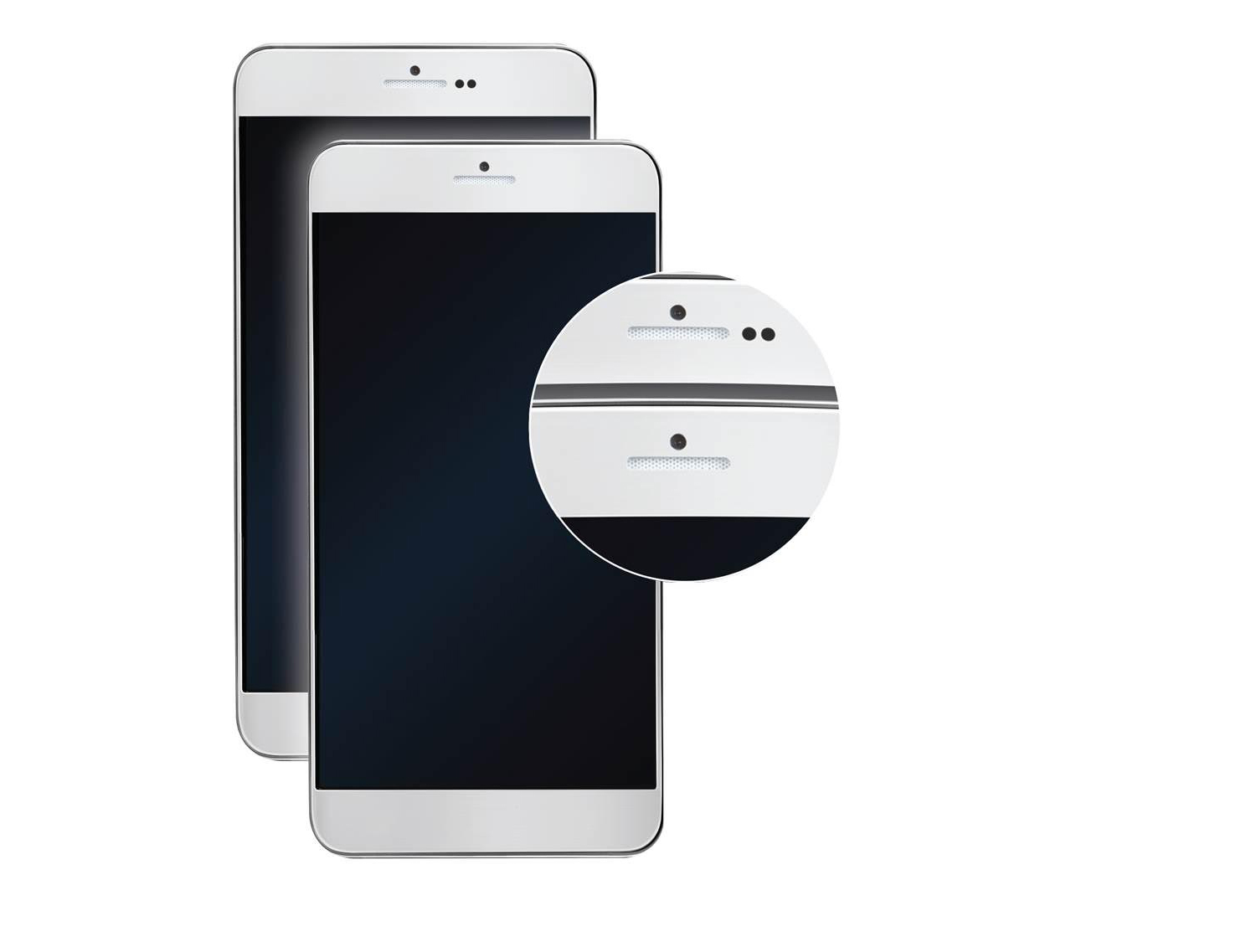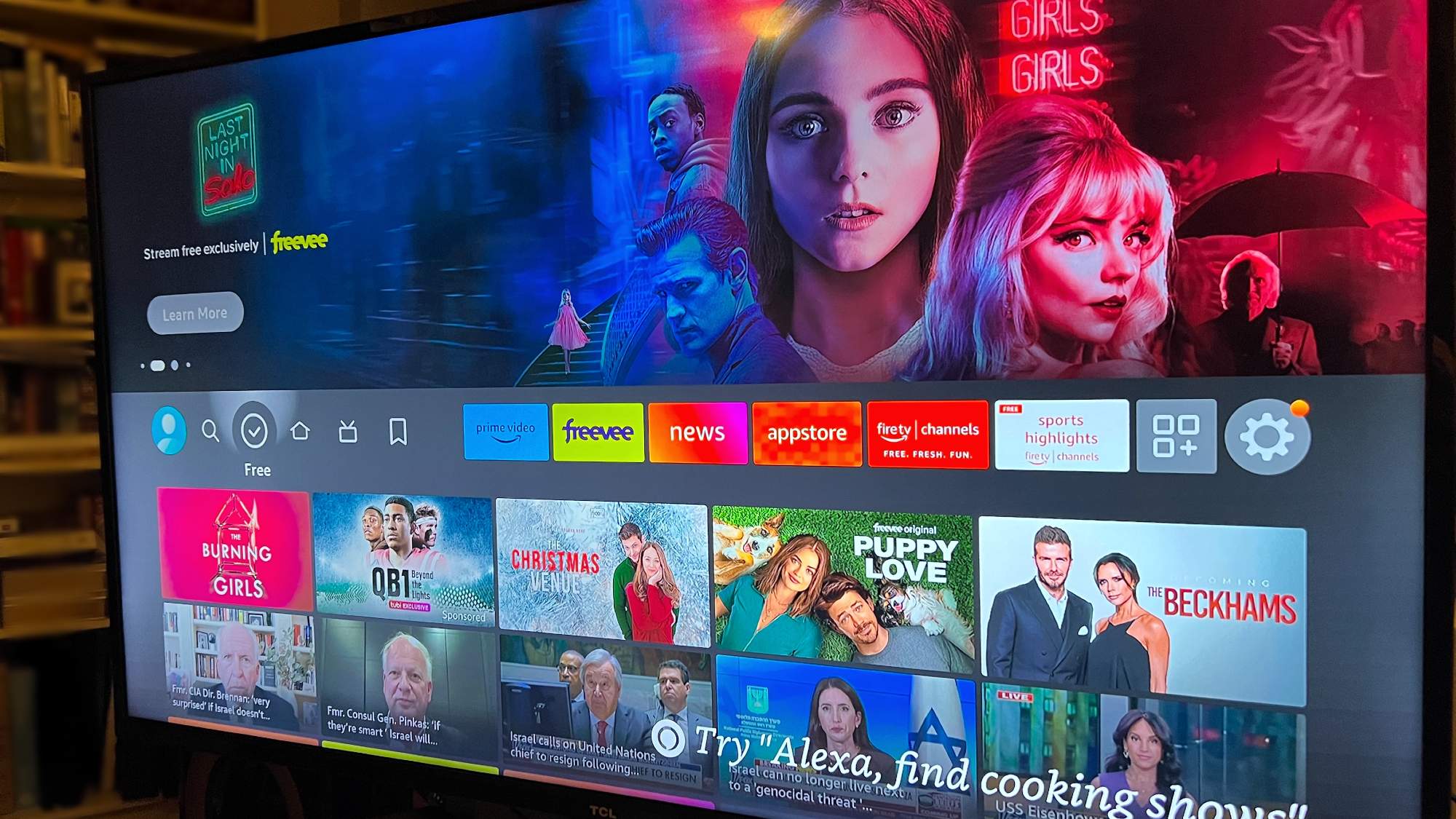Your Next Phone May Use Ultrasound to Detect Your Cheek
Elliptic Labs has developed ultrasonic technology to sense when your cheek and smartphone are about to come into contact. The company says phone makers will use its software before the end of 2016.
Proximity sensors, which detect when your ear and cheek are about come into contact with a a touchscreen, have been a standard part of modern day smartphones. Elliptic Labs believes it has come up with a software solution that will make optical proximity sensors about as rare as physical keyboards in future phone designs.

Elliptic Labs is unveiling a software approach today (Jan. 19) dubbed the Beauty Ultrasound Proximity Sensor that uses ultrasonic signals to do the same task that proximity sensors currently handle. Using an ultrasonic frequency of around 23kHz, Elliptic's technology sends a sound wave that's not audible to humans but that can signal to your phone when your ear is about to come into contact with the earpiece. And Elliptic expects its technology to soon make its way to a phone near you.
MORE: Top-Rated Smartphones on the Market
"We've been working with a handful of [phone makers] for more than a year," Guenael Strutt, Elliptic's vice president of product development. "We're confident there will be a phone with out software in it in 2016."
Elliptic's approach uses the existing earpiece and microphone on a phone, sending ultrasonic waves between the two to signal when your cheek is going to come into contact with a phone's screen. That, in turn, deactivates the screen so that your cheek won't inadvertently launch an app or press a button. The Beauty Ultrasound sensor uses the same technology Elliptic currently uses to develop gesture recognition for smartphones.
Using ultrasonic waves instead of a physical sensor should appeal to phone makers, Strutt says, as it will allow them to get rid of the light emitting diode and capture sensor that make up current proximity sensors. That saves phone makers valuable space — an appealing proposition as phones get more slender — while also reducing the cost of parts used to make a smartphone.
There's an aesthetic benefit, too. Strutt says that proximity sensors require either a rectangular black shape or two large holes on the front face of your phone. Adopting Elliptic's ultrasonic approach means that smartphones won't require these holes. Elliptic also thinks its approach will improve reliability, as optical proximity sensors can be thrown out of whack by things like rain or other weather conditions. It's a rare occurrence, Strutt concedes, but that doesn't make it any less aggravating when it happens to you.
Elliptic Labs is tight-lipped on just which phone makers it's working with to incorporate its software-based approach, but the company insists its Beauty Ultrasound sensor will debut before the year is out. "We've reached a point where phones can run our software out any additional components," Strutt said.
- Smartphones with the Longest Battery Life
- What Is the Best Phone for Taking Selfies?
- Top-Rated Smartphone Cameras
Sign up to get the BEST of Tom's Guide direct to your inbox.
Get instant access to breaking news, the hottest reviews, great deals and helpful tips.
Philip Michaels is a Managing Editor at Tom's Guide. He's been covering personal technology since 1999 and was in the building when Steve Jobs showed off the iPhone for the first time. He's been evaluating smartphones since that first iPhone debuted in 2007, and he's been following phone carriers and smartphone plans since 2015. He has strong opinions about Apple, the Oakland Athletics, old movies and proper butchery techniques. Follow him at @PhilipMichaels.
-
MaceMoneta 23KHz, well within the hearing of cats and dogs (and many other animals). Nothing says I love you like a migraine that never ends.Reply

